A rover called Curiosity has a date with Mars
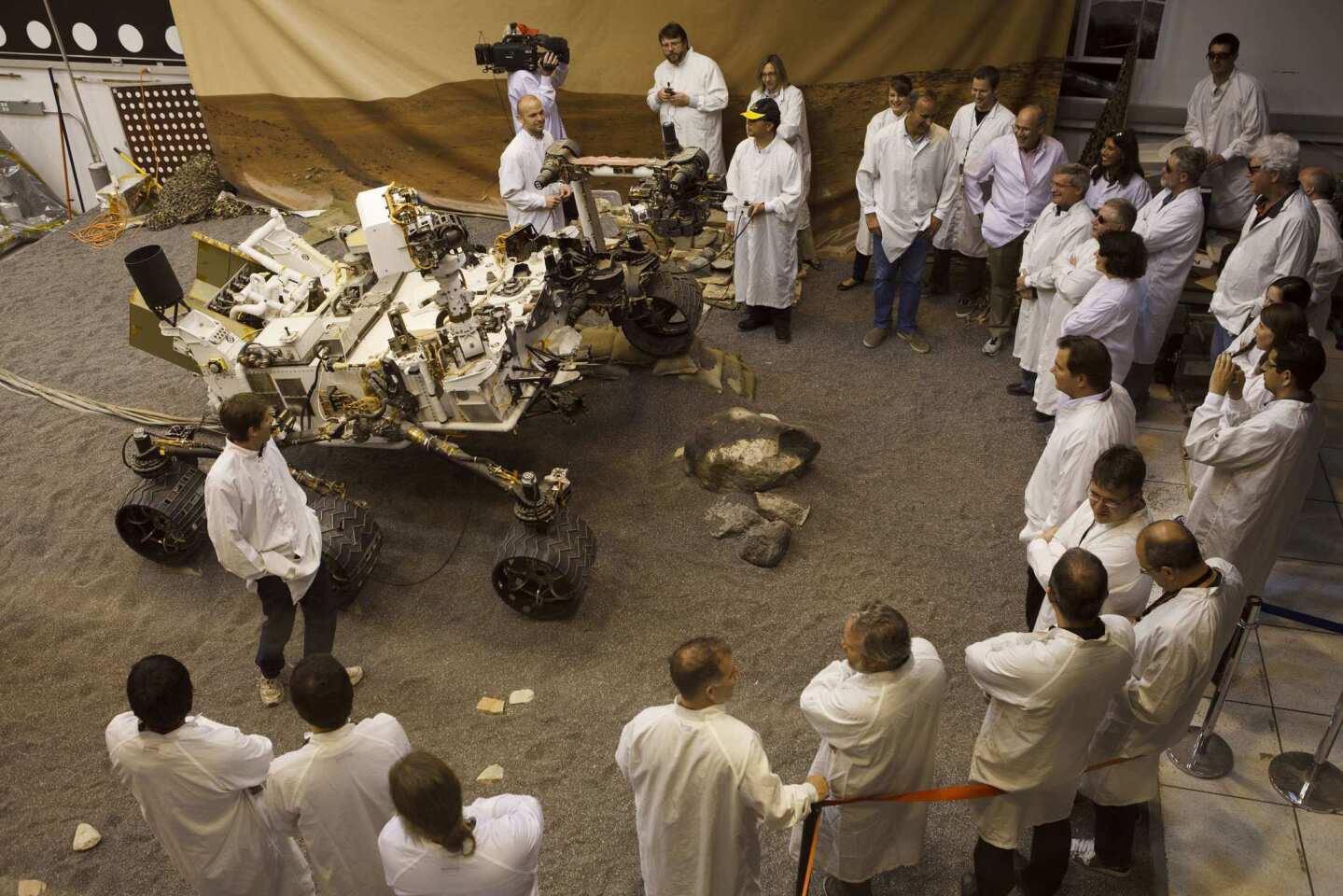
Scientists at the Jet Propulsion Laboratory in La Cañada Flintridge gather around a replica of the Mars rover Curiosity. After a journey of nearly nine months, the six-wheel laboratory is scheduled to touch down on the Red Planet at 10:31 p.m. PDT on Aug. 5. (Patrick T. Fallon / Los Angeles Times)
On Aug. 5, 154 million miles from home, the fate of the most ambitious machine humans have sent to another planet will rest on a seven-minute landing sequence so far-fetched it looks like something Wile E. Coyote devised to catch the Road Runner.
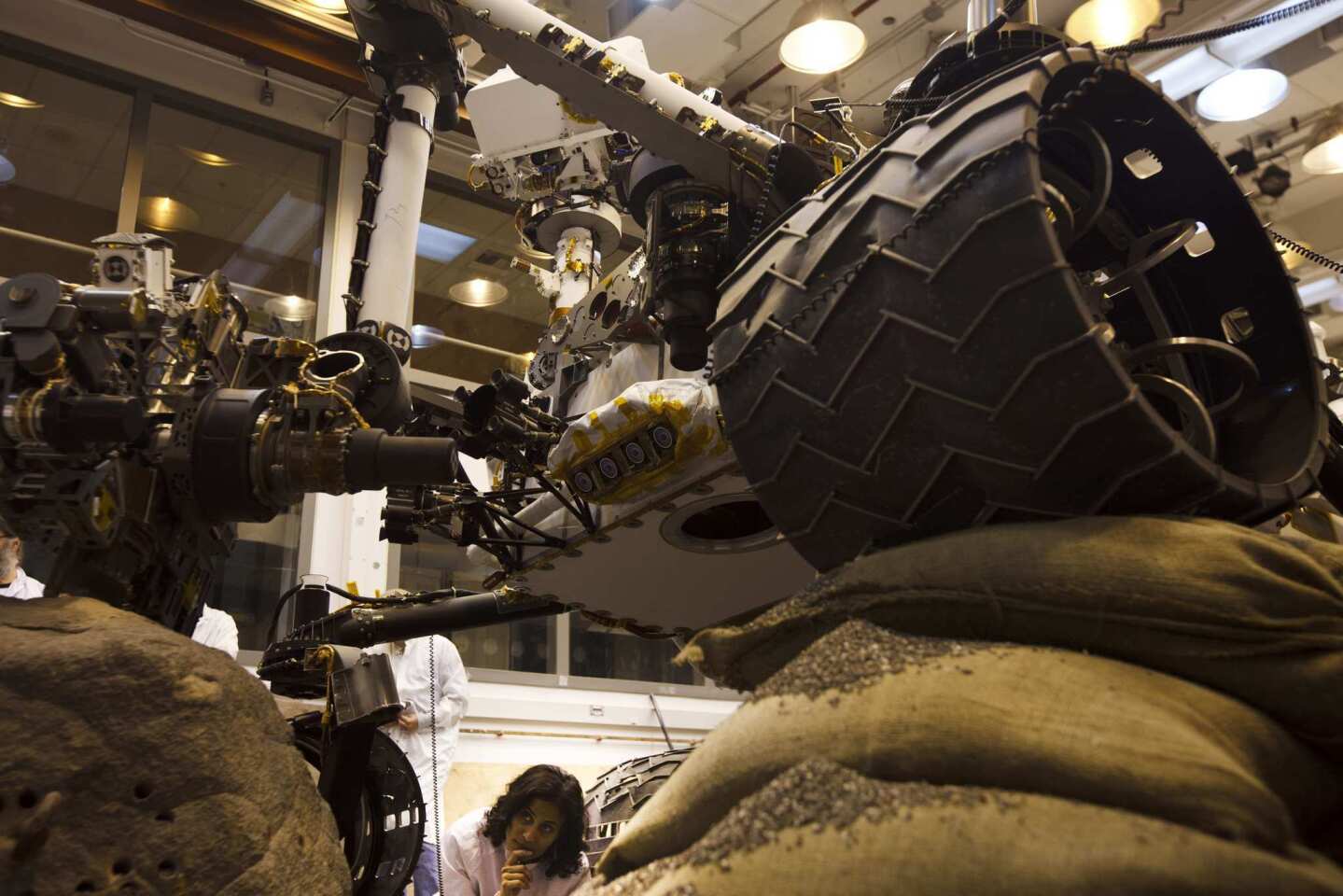
JPL’s Vandi Tompkin, a rover driver and flight software bug tester, watches during a surface science and sampling test of the Curiosity replica. The rover’s science could captivate the public like no space mission in recent memory. The robot is equipped with a nuclear-powered lab capable of vaporizing rocks and ingesting soil, furthering the search for signs of life, revolutionizing the study of Mars and, potentially, paving the way for human exploration. (Patrick T. Fallon / Los Angeles Times)
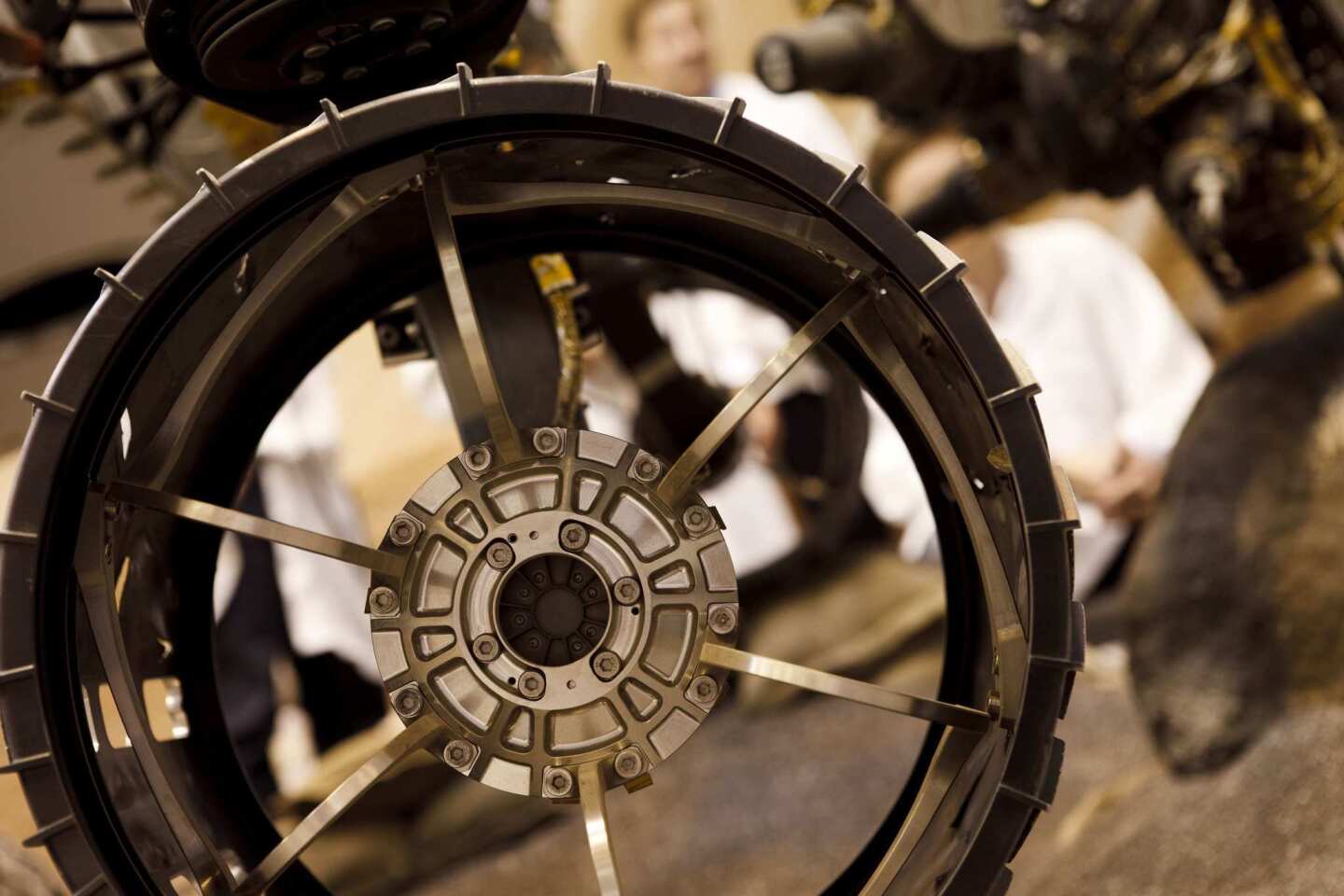
A wheel carved from a solid block of aluminum supports the rover during testing. Initially, the allure of the Curiosity mission will come in its daredevil landing on the floor of a crater. (Patrick T. Fallon / Los Angeles Times)
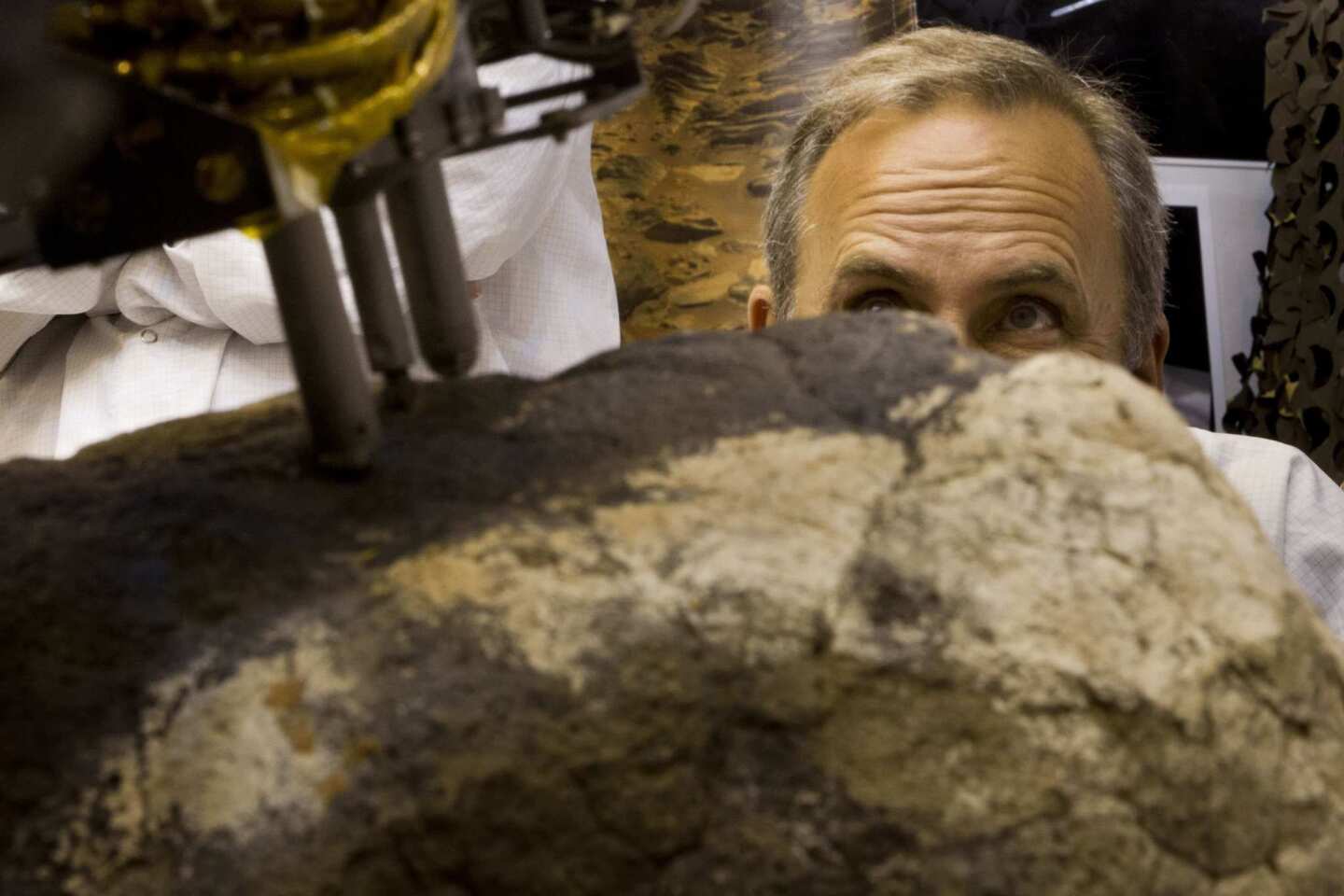
John Grotzinger of the Jet Propulsion Laboratory observes the rover replica’s drill arm as it penetrates a rock sample during testing. Mars is a notoriously difficult place to land a machine. “It’s known for eating spacecraft,” said Devin Kipp, one of the 30-odd JPL engineers responsible for Curiosity’s landing sequence. (Patrick T. Fallon / Los Angeles Times)
Advertisement
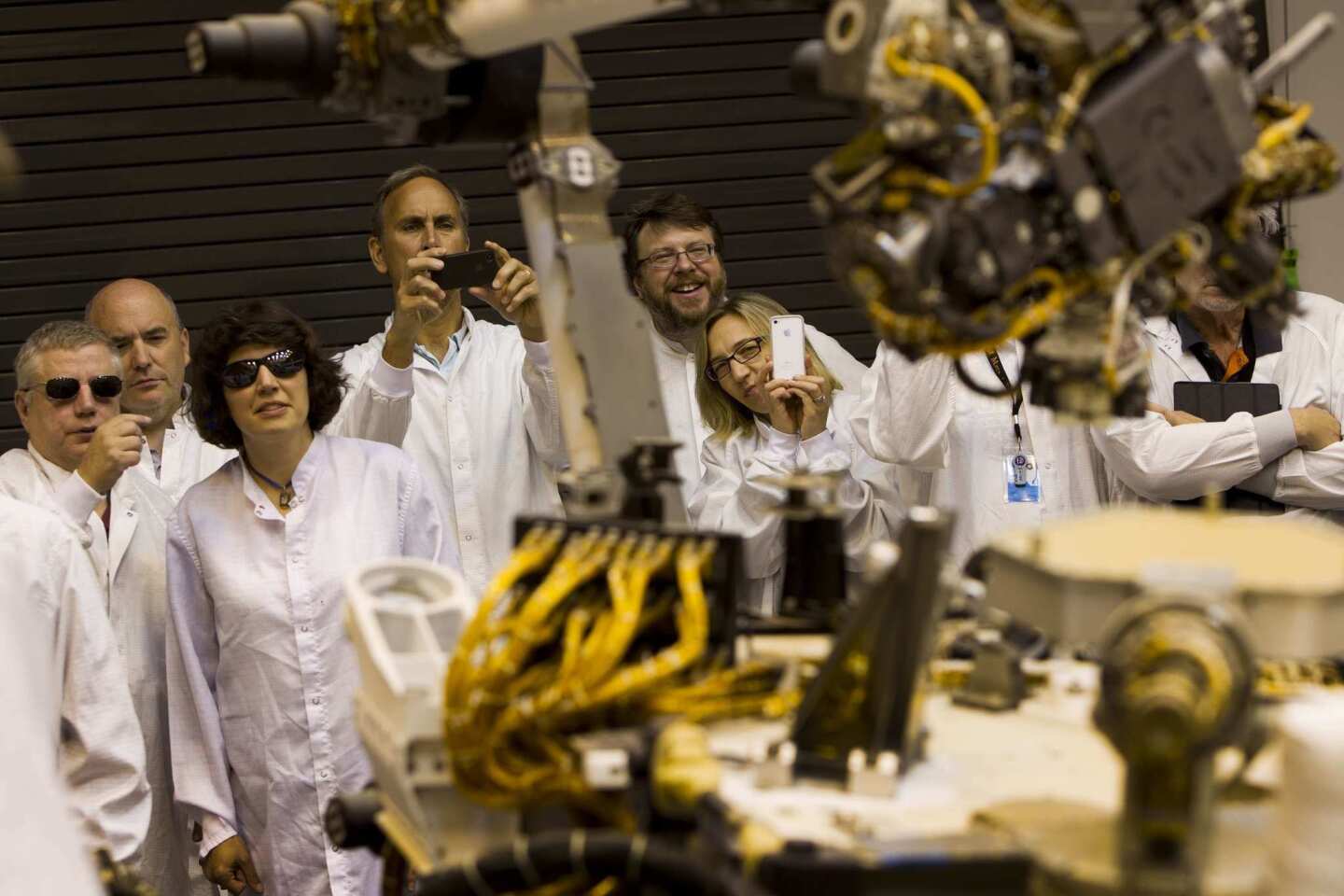
John Grotzinger, center left, and fellow JPL scientists take photos during the rover testing. The night Curiosity lands on the Martian surface will have been 10 years and $2.5 billion in the making, incorporating the work of 5,000 people in 37 states. (Patrick T. Fallon / Los Angeles Times)
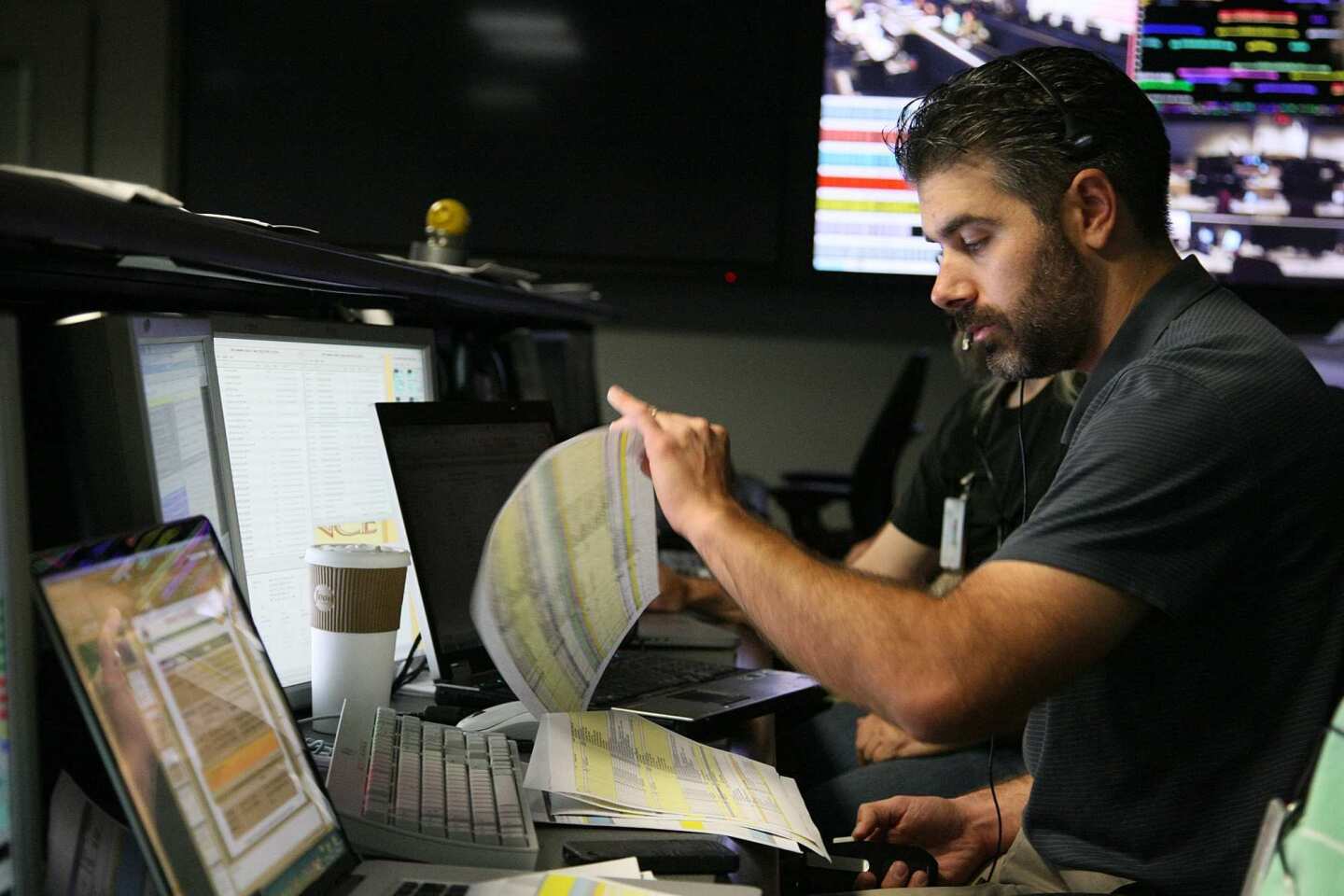
Ray Baker has been an engineer at JPL since 2001. “When you work through the engineering,” he says of the complicated landing sequence for the Mars rover Curiosity, “it actually makes a lot of sense. But it looks crazy.” (Gary Friedman / Los Angeles Times)
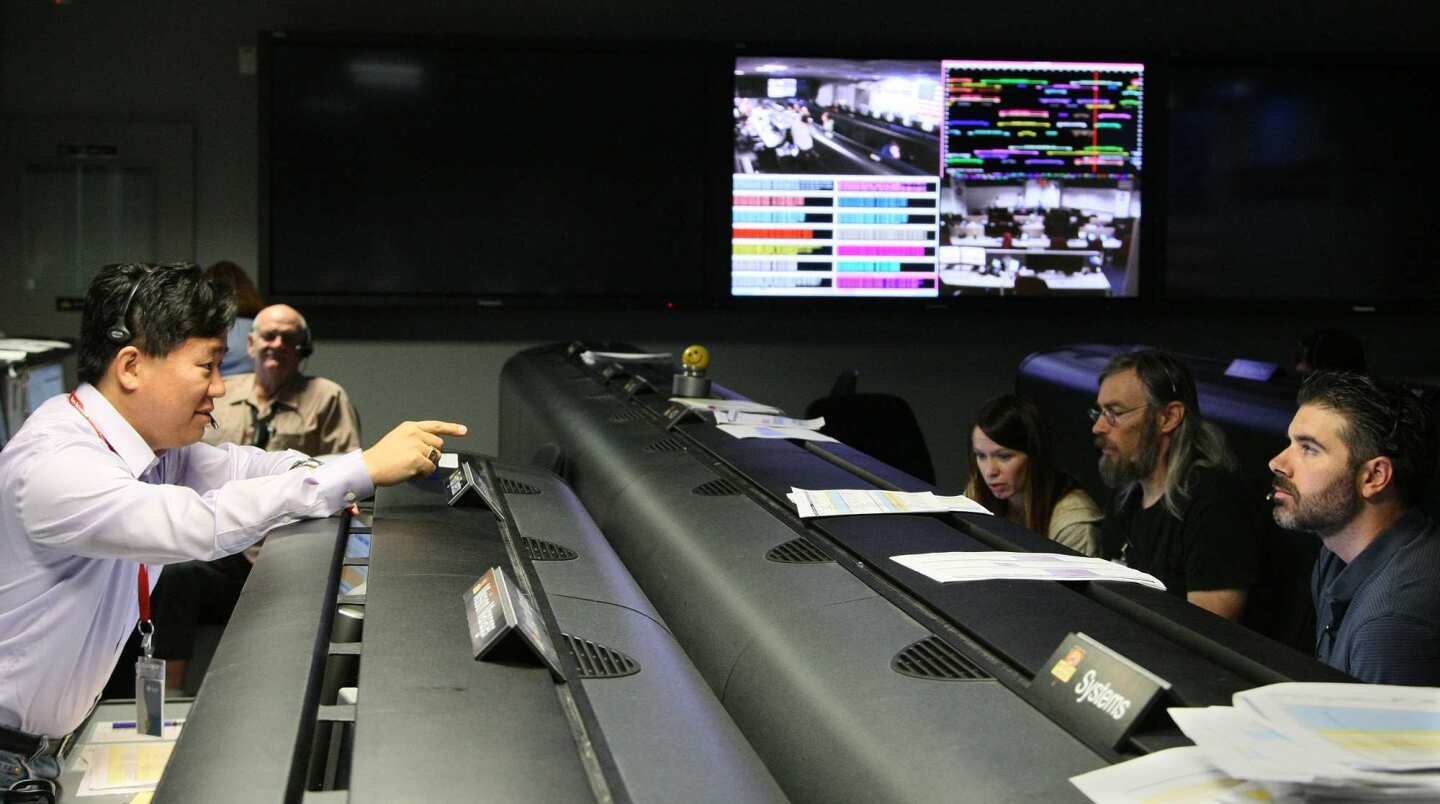
The Jet Propulsion Laboratory’s David Oh, left, and Ray Baker, right, discuss the Curiosity rover’s mission to Mars. “I’ve been trying to imagine it,” Baker said of the robot’s scheduled landing on Aug. 5. “I’m looking forward to seeing what my reaction will be. We’ll be celebrating like mad.” (Gary Friedman / Los Angeles Times)







